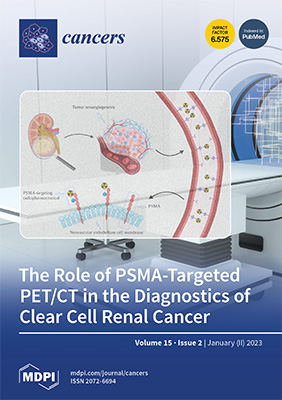Prognostic Value of CD8+ Lymphocytes in Hepatocellular Carcinoma and Perineoplastic Parenchyma Assessed by Interface Density Profiles in Liver Resection Samples
This study examined CD8+ cell distribution in hepatocellular carcinoma (HCC) and peritumoral liver tissue to investigate the overall survival (OS) and recurrence-free survival (RFS). It is well understood that CD8+ lymphocytes are involved in both the anti-tumor response and in managing hepatocyte damage in the parenchyma. Further, it was previously known that HCC often develops following long-term inflammatory liver disease.
CD8 immunostaining of liver tissue from HCC surgical resection samples was analyzed using digital pathology. Specifically, the HCC-stroma interface and the perineoplastic liver parenchyma-stroma interface were examined utilizing a combination of HALO®, HALO AI, and custom computational analyses.
H&E and CD8 immunohistochemistry (IHC) slides were scanned on an Aperio AT2 DX scanner and a pathologist manually annotated the largest continuous malignant and non-malignant area on each slide. HALO AI was trained to segment tissue into hepatocytes (malignant and non-malignant), stroma, and background/debris classes. The Multiplex IHC module of HALO was used to quantify CD8 positivity on the IHC slides. Spatial analysis of the distribution of CD8+ cells was performed using a hexagonal grid-based computational method developed by the authors in a 2020 study.
The authors assessed the prognostic value of the CD8+ distribution alongside clinical factors such as duration of surgery and peripheral blood testing results. One of the independent predictors of worse OS included a low standard deviation of CD8+ density at the tumor edge, which is a measure of spatial heterogeneity of the densities along the interface. Additional independent predictors of worse OS included long surgery duration and a high average CD8+ density in the epithelial portion of the perineoplastic liver-stroma interface.
The authors created a combined prognostic score of 5-year OS probability and stratified patients into three categories of 76%, 40%, and 8%. Factors that predicted longer RFS included wider tumor-free margin and a higher mean CD8+ density in the epithelial portion of the tumor-stroma interface.
The authors conclude that the CD8+ density at the interface of the stroma and the malignant or non-malignant epithelium have opposite prognostic impacts for HCC and peritumoral liver tissue and that patient outcomes after liver resection can be modeled by combining surgical, laboratory, and pathological data.
Stulpinas R, Zilenaite-Petrulaitiene D, Rasmusson A, Gulla A, Grigonyte A, Strupas K, Laurinavicius A
Cancers | First published 5 January 2023 | DOI https://doi.org/10.3390/cancers15020366
TAGS: HALO AI, Multiplex IHC, Publications
